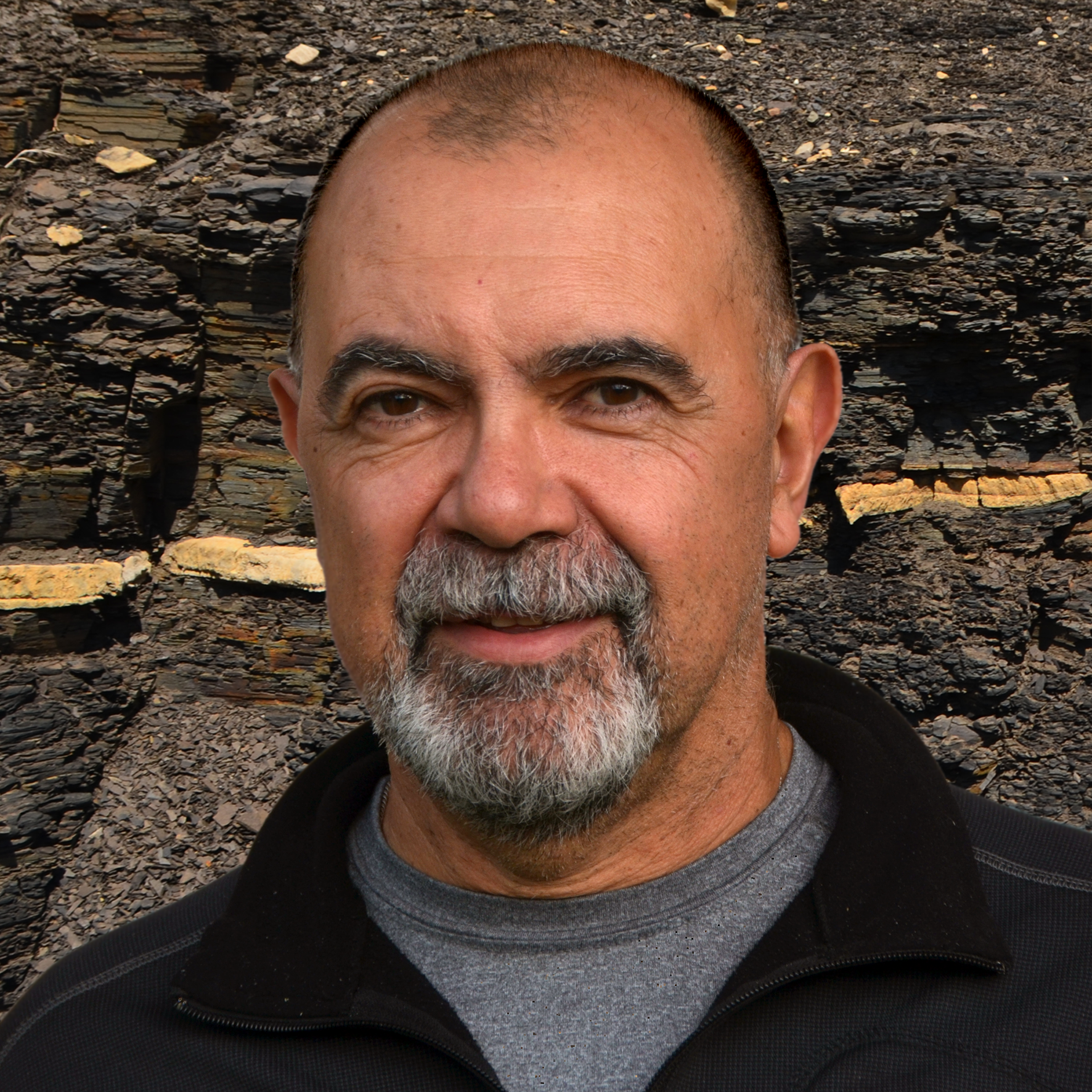Gravity Flows and their deposits
2022
Available now
Leader
Professor Carlos Zavala

Professor Carlos Zavala is geologist (1987), with a Ph.D. (1993) in stratigraphy and clastic sedimentary environments. During 1994-1996 he moved to Italy to perform a specialization in turbidites with Prof. Emiliano Mutti. He has conducted numerous research and technical studies in clastic sedimentary deposits from the Proterozoic through the Holocene in several depositional basins of Argentina, Italy, Spain, Mexico, Brazil, Colombia, Venezuela, Trinidad & Tobago, China, Russia and Oman. His main contributions refer to different aspects of sedimentology and stratigraphy of ancient clastic depositional environments, with emphasis in sediment gravity flow and hyperpycnal deposits in shallow to deep waters. He authored 216 scientific papers and abstracts published in both domestic and international journals. For more than 25 years, Prof. Zavala has been conducting training courses for the academia and the industry. At present he is Professor at the Universidad Nacional del Sur (Argentina) and the leader of GCS ARGENTINA SRL, a company aimed in providing high quality research and consulting services to the oil industry.
in-house
Theory lessons, discussion forums and evaluation. The self training can b completed during a week (intensively) or can be done in a more gradual way during a maximum period of six months.
Price
300 USD + tax (Single attendant). Please ask for corporative prices
Registration
You can start your course now registering in our campus and paying via Pay Pal.For other payment methods please write to: info@immersivegeology.com
This course provides a complete training about gravity flows in nature and their deposits, applied to the understanding of reservoirs. This course can be completed during the free time, along a maximum of six months, and is complemented with online explanations and discussion forums.
1. Introduction. Gravity flows in nature. Elastic, plastic and fluid materials. Plastic (Bingham) and Newtonian flows. The internal friction coefficient. The flow viscosity. Dilatant and pseudoplastic flows. Laminar and turbulent flows. Subcritical and supercritical flows. Flow transformations and hydraulic jumps. Application to facies analysis. Newtonian flows. Fluid gravity flows (FGF) and sediment gravity flows (SGF). Field examples and illustrative videos (showing the relationship between sedimentary processes and ancient deposits).
2. Fluid gravity flows. Stability diagrams in stream flows. Initiation of movement of clastic particles in unidirectional dilute flows. Decelerating and accelerating flows. Unidirectional and bidirectional (oscillatory) flows. Combined flows. Main sedimentary structures related to fluid gravity flows. Diagnostic identification criteria in ancient deposits. Field examples and illustrative videos (showing the relationship between sedimentary processes and ancient deposits).
3. Sediment gravity flows. Experimental analysis. Bedload and suspended load. Flow capacity and flow competence. Flow fluctuations. Sedimentary structures related to sediment gravity flows. Criteria for the recognition of variations in the depositional rate. Examples of facies analysis in fossil deposits.
4. High-density gravity flows. Sediment support mechanisms. Matrix cohesion. Dispersive pressure. Water escape. Turbulence. Cohesive flows. Hyperconcentrated flows. Concentrated flows. Granular flows. Fluidized flows. High-density turbidity flows. Traction carpets.
5. Mud flows. The paradigm of decantation. Evidence of mud flows from fossil deposits. Different types of mud flows (intrabasinal and extrabasinal flows). Examples of recent systems and the stratigraphic record. Recognition of fluctuations in velocity and concentration in mud flows.
6. Deltas and related flow types. The Bates’s classification. Littoral deltas. Ramp deltas. Gilbert-type deltas. Subaqueous deltas. Parts of the delta. Facies analysis. Allocycles and autocycles in deltaic sedimentation.
7. Hyperpycnal flows. Hypopycnal and homopycnal flows. Overflows, interflows and underflows. Hyperpycnal flows in lakes and marine environments. Evolution of hyperpycnal flows. Flow density reversal. Lofting plumes. Hyperpycnal flows and physiography. Episodic and sustained flows. Hyperpycnal flows and petrographic and paleontological content. Diagnostic facies. Intrabasinal and extrabasinal flows. Differentiation criteria.
8. Intrabasinal turbidites. The Bouma, Lowe, Walker and Mutti facies schema. Flow efficiency. Rheologic changes, flow transformations and hydraulic jumps. Consequences on the resulting facies types. Channel and lobe systems. Criteria of differentiation between intrabasinal and extrabasinal turbidites.
9. Extrabasinal turbidites. Criteria for recognition and analysis. Lacustrine and marine turbidites. Shelfal turbidites. Shelfal sandstone lobes. Basin topography and thickness of sandstone lobes. Slope turbidites. Examples of accumulation. Origin of transient fans. Inner basin turbidites. Examples of typical facies and facies associations.
Exercises and practical activities: The understanding different topics will be complemented with practical exercises oriented to apply facies analysis to reservoir understanding.
Teaching logistics: The attendees can follow the classes during their free time, and then participate twice a week in an online forum with the professor. The forum is intended to provide excellent complementary explanations, discussions, online drawings, and perspectives for reservoir understanding.
More than 60 Selected papers
